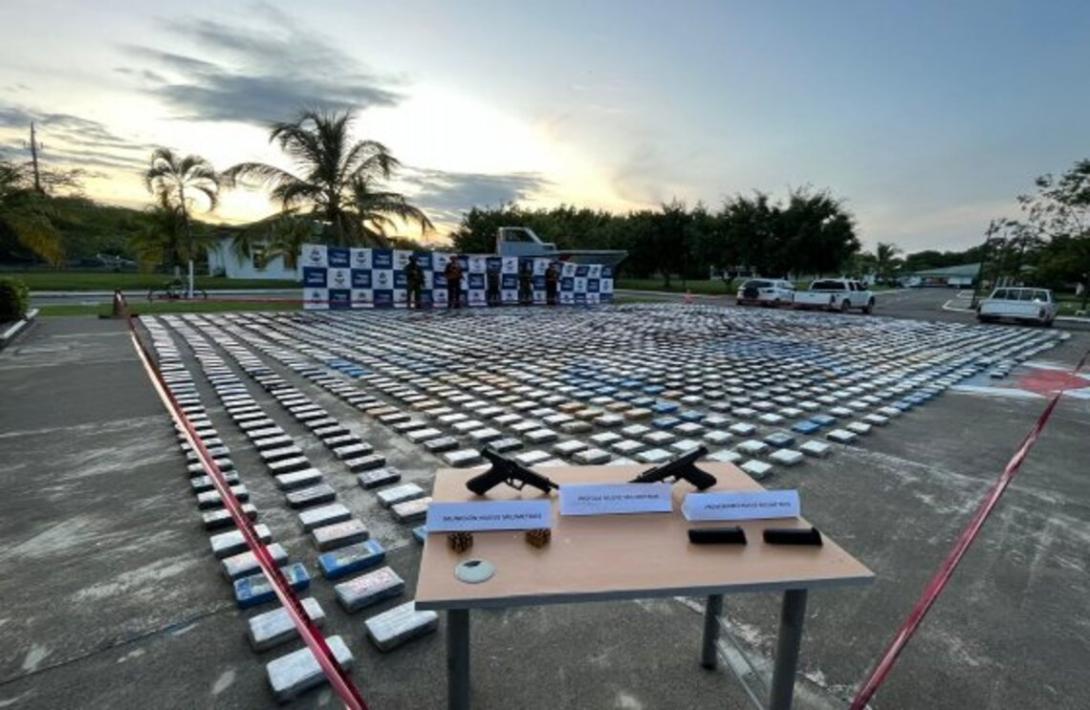So far this year, in the Colombian Caribbean, the Colombian Navy has found more than 100 tons of cocaine damaging the illicit activities of organizations at the service of drug trafficking.
The Colombian Navy, within the framework of a special operation, managed to find 2,395 kilograms of cocaine hydrochloride, which were transported on board a Go Fast type ship in the waters of the Caribbean Sea.
Members of the Caribbean Naval Force found a suspicious ship traveling at high speed in the area, so they started the maritime interception operation. In an effective coordination of resources, Coast Guard units of Urabá and Coveñas conducted the pursuit at sea, while an aircraft of the Caribbean Naval Air Group with the support of an aircraft of the Colombian Aerospace Force carried out the closing of mobility to the ship.
Given the effective existence of the units of the Naval Institution, the individuals conducted evasive maneuvers to hide at the mouth of the Mulatos River in the department of Antioquia, so they ended up laying the boat in the area and started to escape. Subsequently, Naval Special Forces commandos carried out a direct assault operation with air insertion to secure the area and prevent the criminal operations of these individuals.
When inspecting the Go Fast type boat, it was possible to find an indeterminate number of sacks with rectangular packages that apparently contained illicit substances. Two pistols with their magazines and communications equipment were in the same way found at the scene.
Thanks to the work of the Colombian Navy in the area, the ship was recovered and together with the material was taken to the Turbo Coast Guard Station, where the Approved Preliminary Identification Test - PIPH - was carried out, establishing that it was 2,395 kilograms of cocaine hydrochloride.
The material was put into custody of the Attorney General's Office and the final destination according to the investigations would be Honduras. This cargo would have a cost of more than 80 million dollars, as a result of its commercialization in the illegal international market. This important result prevented the distribution of approximately six million doses of cocaine on the streets of the world.





